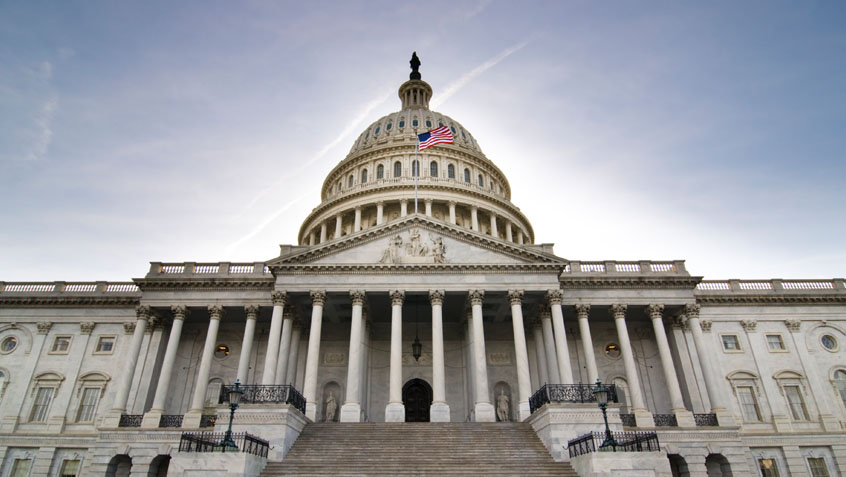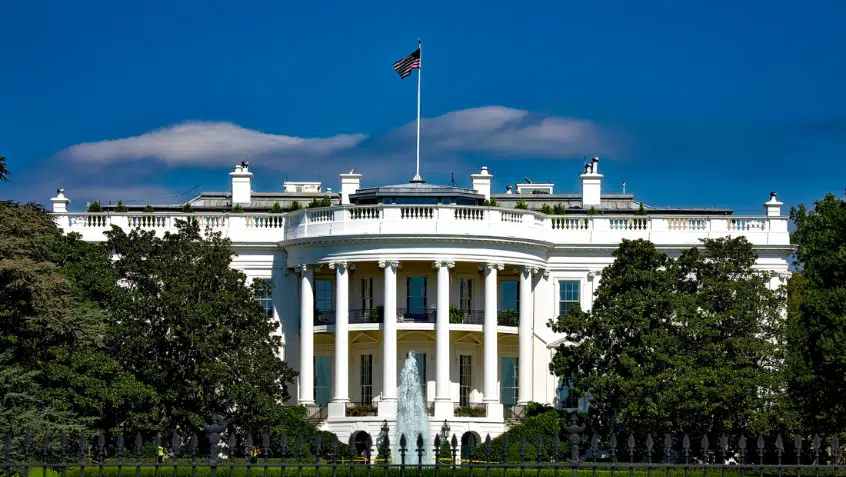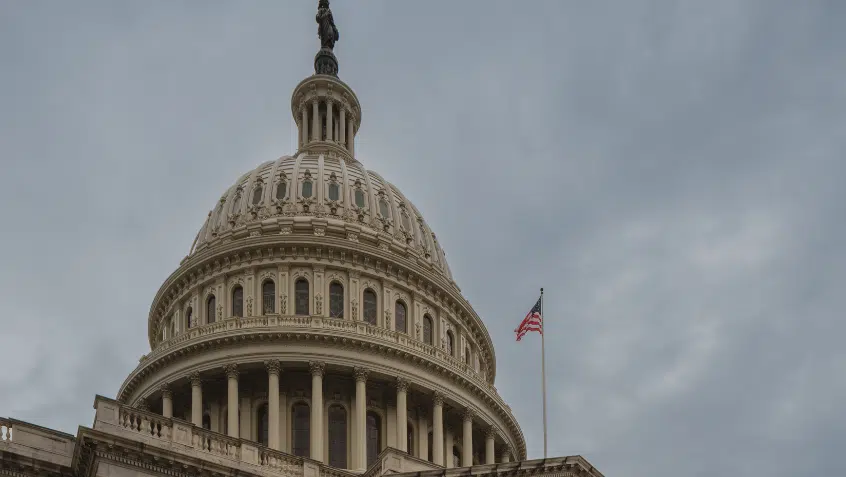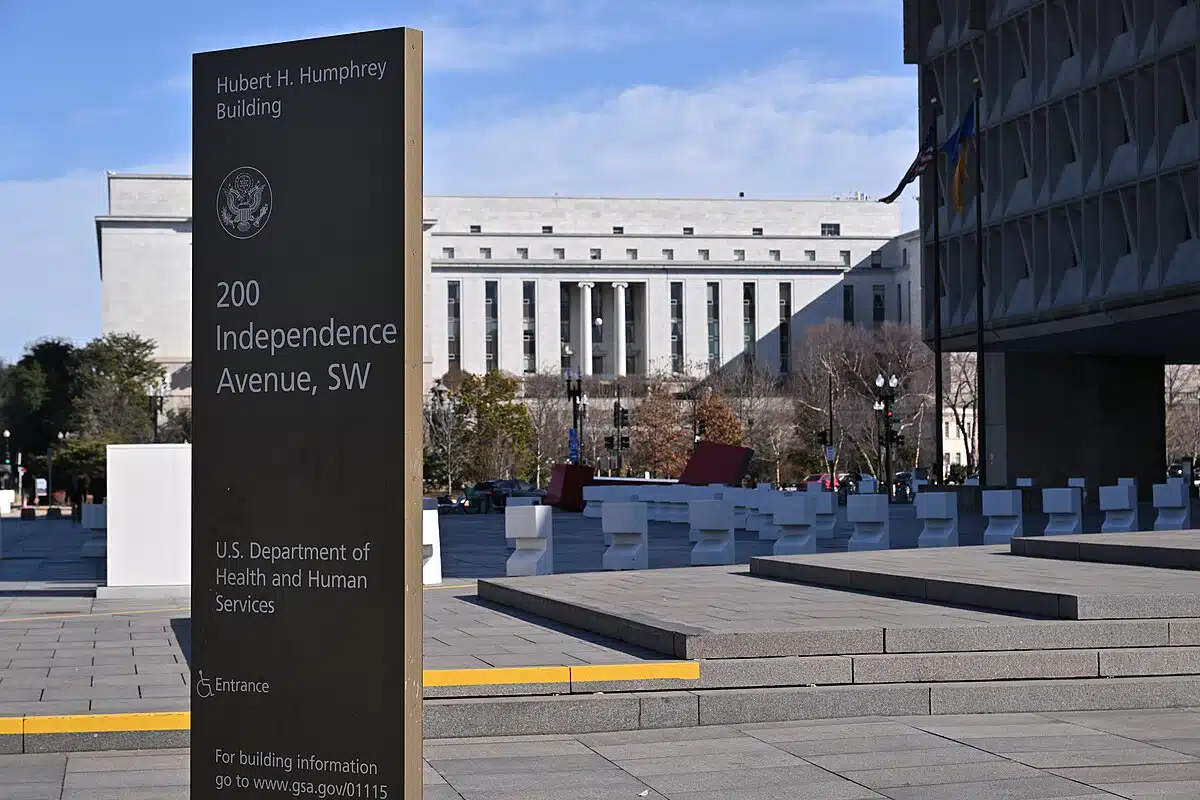
During most of the COVID-19 pandemic, states were allowed to keep people continuously enrolled in Medicaid in exchange for enhanced federal funding. This flexibility ended on March 31. States are on different operational timelines, though all have or will soon begin redetermining Medicaid eligibility for current enrollees. Significant Medicaid losses are expected during this transition, as states disenroll not only those who no longer qualify, but also those who do not complete the renewal process for administrative reasons.
Some who are newly ineligible may seamlessly transition to other insurance, but many may not. Even small gaps in coverage can have serious consequences. Studies consistently show people without health coverage are more likely to delay or skip care due to cost, to have difficulty paying medical bills, and to lack a usual source of care, all factors that can worsen outcomes and well-being. The nearly seven million people projected to lose Medicaid due to procedural barriers will also be at risk as they attempt to navigate complicated re-enrollment rules and timelines.
KFF reporting suggests such periods of non-coverage are likely. In recent years, nearly 65% of people were uninsured after they were disenrolled from Medicaid. Relatively few (26%) retained other coverage for the full year post-disenrollment, and 41% re-enrolled in Medicaid—including 33% who did so after being uninsured, suggesting they were still eligible when they lost Medicaid.
An analysis of the early unwinding data, also from KFF, suggests many may already be uninsured. Nearly 1.4 million people across 22 states have lost Medicaid as of June 20. Alarmingly, 71% had their coverage terminated for procedural reasons, such as incomplete paperwork and outdated contact information.
In an effort to minimize avoidable coverage losses, the U.S. Department of Health and Human Services (HHS) recently announced new opportunities for states to meet people where they are. The new strategies include:
- Allowing states to delay an administrative termination for one month while the state conducts additional targeted outreach. This will give people more time to be reminded to fill out and return their renewal forms.
- Allowing pharmacies and community-based organizations to facilitate reinstatement of coverage for those who were recently disenrolled for procedural reasons based on presumptive eligibility criteria.
- Allowing managed care plans to assist people with Medicaid with completing their renewal forms, including completing certain parts of the renewal forms on their behalf.
These flexibilities build on several that HHS has previously unveiled, which states have adopted at varying rates. A full list of available state strategies can be found here.
Medicare Rights appreciates HHS’s efforts to address the expiration of the continuous enrollment requirement and the underlying access issues. We urge states to examine and adopt these important unwinding flexibilities. We also continue to ask the administration to maximally protect those who have become eligible for Medicare during the pandemic. This includes providing direction and technical assistance to state Medicaid agencies, undertaking educational campaigns, and providing enrollment flexibility where needed. As appropriate, we support establishing avenues for relief for people who missed their Medicare and Medigap enrollment periods, are improperly disenrolled from Medicaid, or are not enrolled in or assessed for a Medicare Savings Program to which they are entitled.
Read the KFF analysis on post-Medicaid coverage.
Read the KFF analysis of the early unwinding data.
Read the HHS press release announcing new state unwinding strategies.
The Latest
Most Read
Congress Moves to Cut Medicaid
Threats to the Social Security Administration and to Benefits Continue to Raise Alarm
House Adopts Senate Budget Plan, Laying the Groundwork for Significant Health Care Cuts
Trump Administration and DOGE Eliminate Staff Who Help Older Adults and People With Disabilities
Add Medicare to Your Inbox
Sign up to receive Medicare news, policy developments, and other useful updates from the Medicare Rights.
View this profile on InstagramMedicare Rights Center (@medicarerights) • Instagram photos and videos









